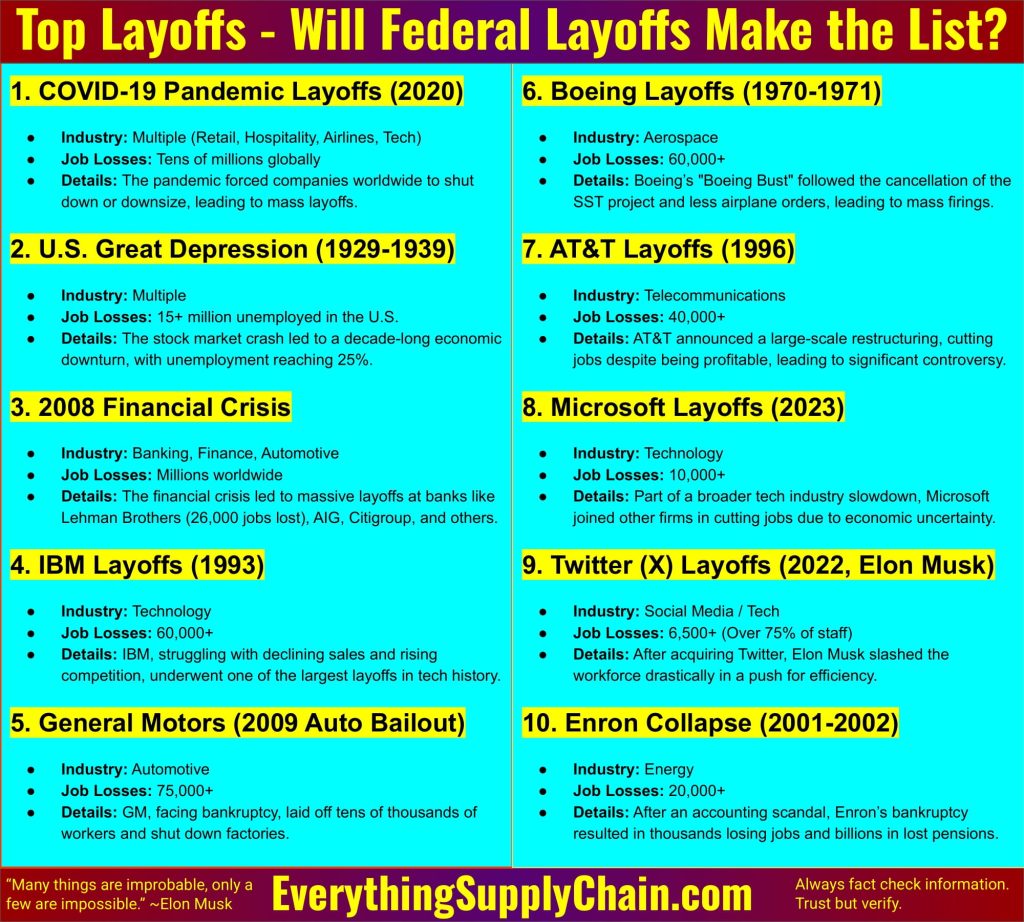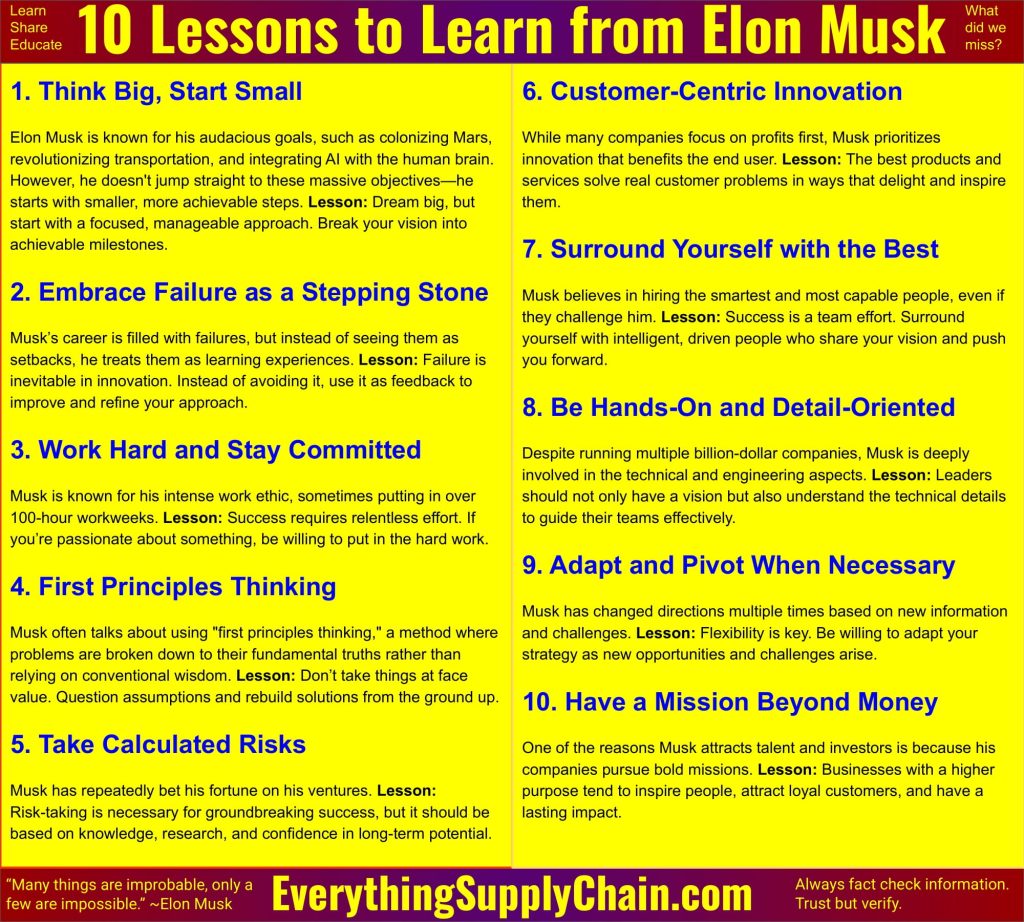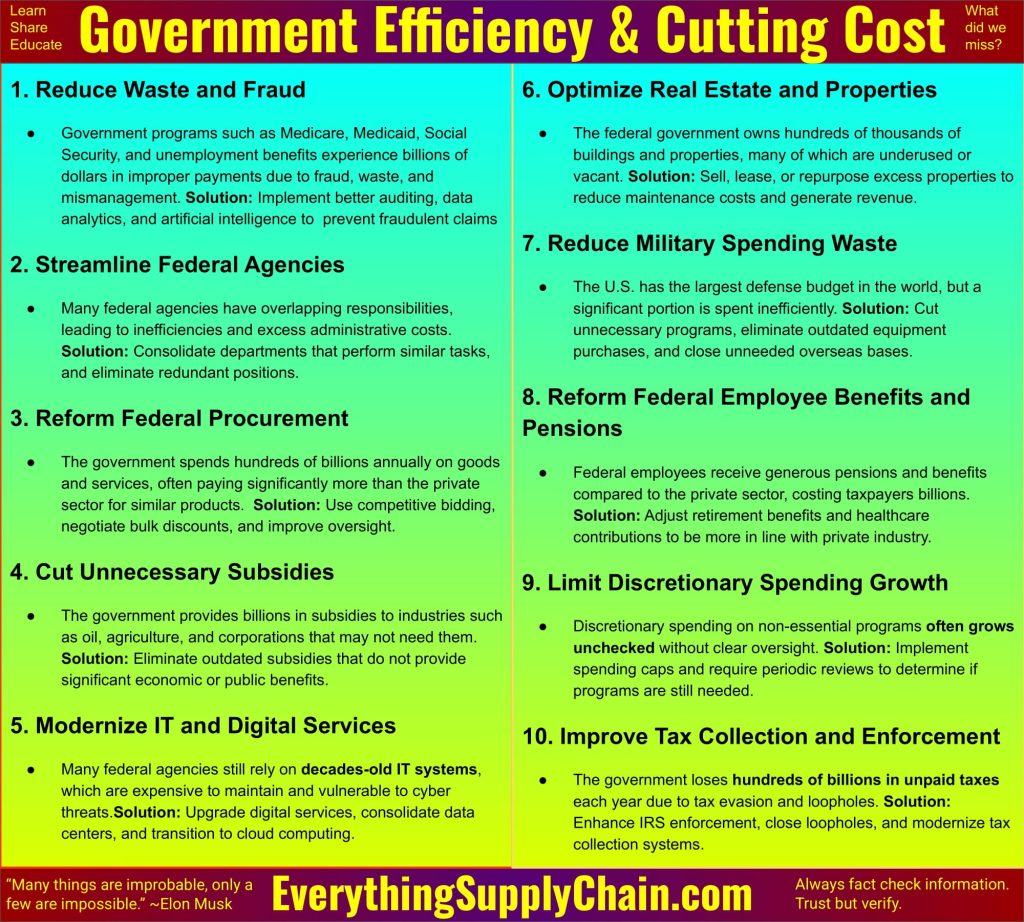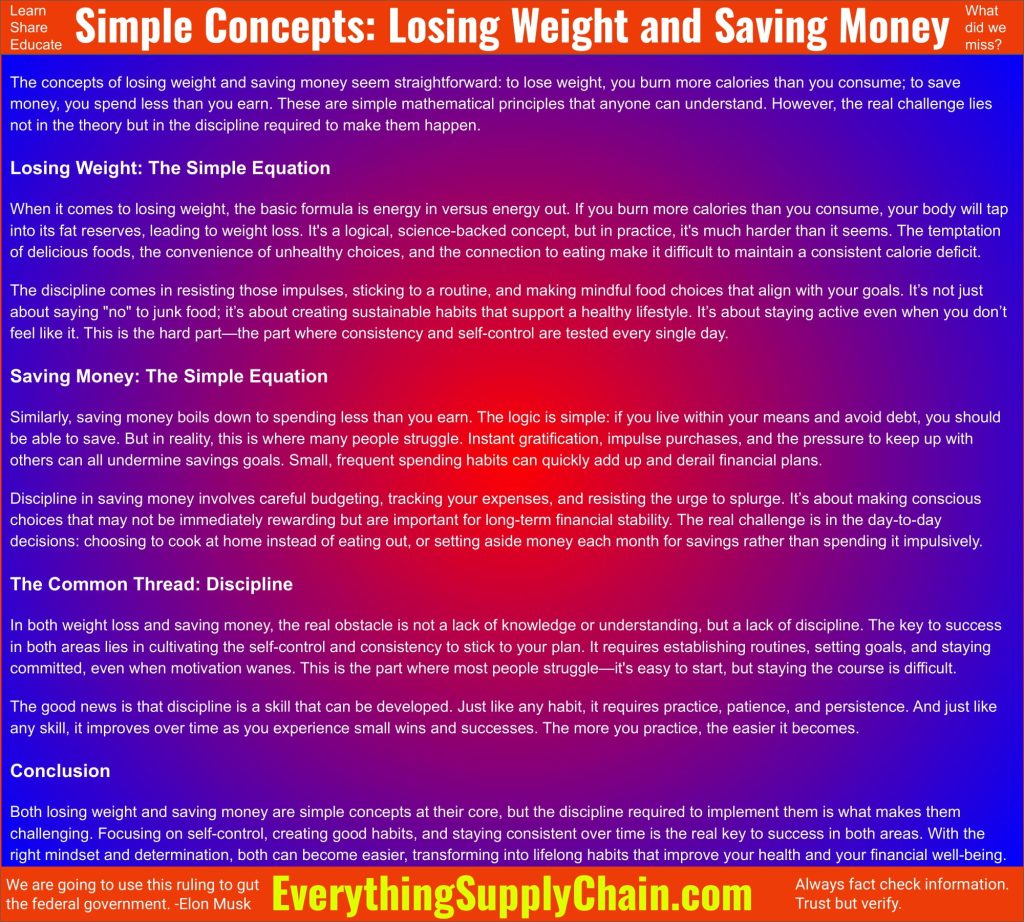Top 5 Manufacturing Innovations of the Last Decade
Top 5 Manufacturing Innovations of the Last Decade
1. 3D Printing: 3D printing has revolutionized the manufacturing industry in the last decade. It has enabled manufacturers to produce complex parts and products quickly and cost-effectively. 3D printing has also enabled manufacturers to produce customized parts and products, which has opened up new possibilities for product design and development.
2. Robotics: Robotics has become an integral part of the manufacturing process in the last decade. Robotics has enabled manufacturers to automate processes, reduce labor costs, and increase production efficiency. Robotics has also enabled manufacturers to produce products with greater precision and accuracy.
3. Internet of Things (IoT): The Internet of Things (IoT) has enabled manufacturers to connect their machines and systems to the internet, allowing them to monitor and control their production processes remotely. This has enabled manufacturers to reduce downtime, increase efficiency, and improve product quality.
4. Artificial Intelligence (AI): Artificial Intelligence (AI) has enabled manufacturers to automate processes and make decisions based on data. AI has enabled manufacturers to optimize their production processes and reduce costs.
5. Additive Manufacturing: Additive manufacturing, also known as 3D printing, has enabled manufacturers to produce complex parts and products quickly and cost-effectively. Additive manufacturing has also enabled manufacturers to produce customized parts and products, which has opened up new possibilities for product design and development.
How Automation is Revolutionizing the Manufacturing Industry
The manufacturing industry is undergoing a revolution, and automation is at the forefront of this transformation. Automation is the use of technology to automate processes, such as production, packaging, and assembly. Automation has been used in the manufacturing industry for decades, but recent advances in technology have made it more efficient and cost-effective than ever before.
Automation has revolutionized the manufacturing industry by increasing productivity, reducing costs, and improving quality. Automation has enabled manufacturers to produce more products in less time, with fewer errors. Automation also reduces labor costs, as machines can do the work of multiple people. This allows manufacturers to produce more products at a lower cost. Additionally, automation has improved product quality by reducing human error and ensuring consistent results.
Automation has also enabled manufacturers to become more agile and responsive to customer needs. Automated systems can quickly adjust production processes to meet changing customer demands. This allows manufacturers to quickly respond to customer requests and produce products that meet their exact specifications.
Finally, automation has enabled manufacturers to become more efficient and sustainable. Automated systems can reduce energy consumption and waste, as well as improve safety in the workplace. This helps manufacturers reduce their environmental impact and become more sustainable.
In conclusion, automation is revolutionizing the manufacturing industry by increasing productivity, reducing costs, improving quality, and enabling manufacturers to become more agile and sustainable. Automation is transforming the way manufacturers do business, and it is clear that it will continue to play an important role in the future of the manufacturing industry.
The Benefits of 3D Printing in Manufacturing
3D printing has revolutionized the manufacturing industry, offering a wide range of benefits that are transforming the way products are designed and produced. This technology has enabled manufacturers to produce complex parts and products quickly and cost-effectively, while also providing greater flexibility and customization.
One of the primary benefits of 3D printing in manufacturing is its ability to reduce production costs. By eliminating the need for expensive tooling and molds, 3D printing can significantly reduce the cost of producing complex parts and products. Additionally, 3D printing can reduce the time required to produce a product, allowing manufacturers to quickly and efficiently produce parts and products on demand.
Another benefit of 3D printing in manufacturing is its ability to produce complex parts and products with greater accuracy and precision. By using 3D printing, manufacturers can produce parts and products with intricate details and complex geometries that would be difficult or impossible to produce using traditional manufacturing methods. This allows manufacturers to produce parts and products with greater accuracy and precision, resulting in higher quality products.
Finally, 3D printing also offers greater flexibility and customization. By using 3D printing, manufacturers can quickly and easily produce customized parts and products that meet the specific needs of their customers. This allows manufacturers to quickly and cost-effectively produce parts and products that are tailored to their customers’ exact specifications.
Overall, 3D printing has revolutionized the manufacturing industry, offering a wide range of benefits that are transforming the way products are designed and produced. By reducing production costs, increasing accuracy and precision, and providing greater flexibility and customization, 3D printing is enabling manufacturers to produce complex parts and products quickly and cost-effectively.
The Impact of Robotics on Manufacturing Efficiency
Robotics has had a significant impact on manufacturing efficiency in recent years. Automation has allowed for increased production speeds, improved product quality, and reduced labor costs.
Robots are able to work faster and more accurately than humans, allowing for increased production speeds. They can be programmed to perform repetitive tasks quickly and with precision, reducing the amount of time it takes to complete a task. This increased speed can lead to higher output and shorter production cycles.
Robots are also able to produce products with greater accuracy and consistency than humans. This improved product quality can lead to fewer defects and higher customer satisfaction. Additionally, robots can be programmed to perform tasks with greater precision than humans, leading to improved product quality.
Finally, robots can reduce labor costs by eliminating the need for human labor. This can lead to lower overhead costs and increased profits. Additionally, robots can be programmed to perform tasks that are too dangerous or difficult for humans, reducing the risk of injury or death.
Overall, robotics has had a significant impact on manufacturing efficiency. Automation has allowed for increased production speeds, improved product quality, and reduced labor costs. As technology continues to advance, the impact of robotics on manufacturing efficiency is likely to increase.
The Future of Manufacturing: What’s Next?
The future of manufacturing is an exciting and rapidly evolving field. As technology advances, so too does the potential for new and innovative manufacturing processes. In the coming years, we can expect to see a number of changes in the way that products are made, from the materials used to the methods employed.
One of the most significant changes in the manufacturing industry is the rise of automation. Automation has been used in manufacturing for decades, but recent advances in robotics and artificial intelligence have made it possible to automate more complex tasks. This has allowed manufacturers to reduce costs and increase efficiency, while also improving product quality. Automation is also being used to reduce the need for human labor, which can help to reduce labor costs and improve safety.
Another major trend in the manufacturing industry is the use of 3D printing. 3D printing is a process that uses a computer-controlled printer to create three-dimensional objects from a digital file. This technology has revolutionized the way that products are designed and manufactured, allowing for faster prototyping and production. 3D printing is also being used to create custom parts and components, which can reduce costs and lead times.
The use of advanced materials is also becoming increasingly important in the manufacturing industry. Advanced materials such as carbon fiber, graphene, and nanomaterials are being used to create lighter, stronger, and more durable products. These materials can also be used to create products with unique properties, such as self-healing or self-cleaning surfaces.
Finally, the use of data and analytics is becoming increasingly important in the manufacturing industry. Data and analytics can be used to optimize production processes, reduce waste, and improve product quality. By collecting and analyzing data, manufacturers can identify areas for improvement and make changes to increase efficiency and reduce costs.
The future of manufacturing is an exciting and rapidly evolving field. As technology advances, so too does the potential for new and innovative manufacturing processes. Automation, 3D printing, advanced materials, and data and analytics are just some of the trends that are transforming the industry. By embracing these changes, manufacturers can remain competitive and continue to produce high-quality products.
The Benefits of Lean Manufacturing
Lean manufacturing is a production system that focuses on eliminating waste and improving efficiency. It is a system that has been used by many companies to reduce costs, improve quality, and increase customer satisfaction. The benefits of lean manufacturing are numerous and can be seen in many different areas of a business.
One of the primary benefits of lean manufacturing is cost savings. By eliminating waste and streamlining processes, companies can reduce their costs significantly. This can be seen in the reduction of materials, labor, and energy costs. Additionally, lean manufacturing can help to reduce inventory costs, as well as the costs associated with storing and managing inventory.
Another benefit of lean manufacturing is improved quality. By streamlining processes and eliminating waste, companies can ensure that their products are of the highest quality. This can lead to increased customer satisfaction and loyalty, as well as improved brand reputation.
Finally, lean manufacturing can help to improve customer service. By reducing lead times and improving efficiency, companies can ensure that their customers receive their products in a timely manner. This can lead to increased customer satisfaction and loyalty, as well as improved customer retention.
Overall, lean manufacturing can provide numerous benefits to companies. By reducing costs, improving quality, and improving customer service, companies can ensure that they remain competitive in their industry. Additionally, lean manufacturing can help to improve employee morale and job satisfaction, as well as create a more efficient and productive workplace.
The Benefits of Cloud Computing in Manufacturing
Cloud computing has become an increasingly popular technology in the manufacturing industry, offering a range of benefits to businesses. Cloud computing is a form of computing that relies on shared computing resources, such as software and hardware, that are hosted on the internet. This technology allows businesses to access data and applications from any device with an internet connection.
The primary benefit of cloud computing in manufacturing is cost savings. By using cloud computing, businesses can reduce their IT costs by eliminating the need for expensive hardware and software. Additionally, cloud computing allows businesses to scale their IT infrastructure quickly and easily, allowing them to respond quickly to changing market conditions.
Cloud computing also offers improved security for manufacturing businesses. By using cloud computing, businesses can store their data in a secure, off-site location, reducing the risk of data loss due to theft or natural disasters. Additionally, cloud computing allows businesses to access their data from any device with an internet connection, allowing them to access their data from anywhere in the world.
Cloud computing also offers improved collaboration for manufacturing businesses. By using cloud computing, businesses can share data and applications with their employees, customers, and partners, allowing them to work together more efficiently. Additionally, cloud computing allows businesses to access their data from any device with an internet connection, allowing them to access their data from anywhere in the world.
Finally, cloud computing offers improved analytics for manufacturing businesses. By using cloud computing, businesses can analyze their data in real-time, allowing them to make better decisions and improve their operations. Additionally, cloud computing allows businesses to access their data from any device with an internet connection, allowing them to access their data from anywhere in the world.
In conclusion, cloud computing offers a range of benefits to manufacturing businesses, including cost savings, improved security, improved collaboration, and improved analytics. By using cloud computing, businesses can reduce their IT costs, improve their security, collaborate more efficiently, and analyze their data in real-time.
Conclusion
The Best Manufacturing Innovations have revolutionized the way we produce goods and services. They have enabled us to produce more efficiently, with higher quality, and at a lower cost. These innovations have also enabled us to create new products and services that were not possible before. The Best Manufacturing Innovations have made it possible for us to create a more sustainable and efficient manufacturing industry. As we continue to develop and implement new technologies, we can expect to see even more improvements in the way we produce goods and services.
Manufacturing Resources
- Artificial Intelligence Guide
- Artificial Intelligence in Manufacturing – High-level Introduction to AI.
- Industry 4.0 Guide
- Manufacturing Guide
- Robots Are Taking Over China Factories.
- What is IoT?
- What is Lean Manufacturing?
Ways Elon Musk Might Gut the Federal Government.
Motivation For When Life Gets Hard
Top Layoffs of All Time – Will Federal Layoffs Make the List?
Why Audit Government Spending?
10 Lessons to Learn from Elon Musk.
Elon Musk: Government Efficiency and Cost Cutting.












No Responses
[…] Top 5 Manufacturing Innovations of the Last Decade […]
[…] Top 5 Manufacturing Innovations of the Last Decade […]
[…] Top 5 Manufacturing Innovations of the Last Decade […]